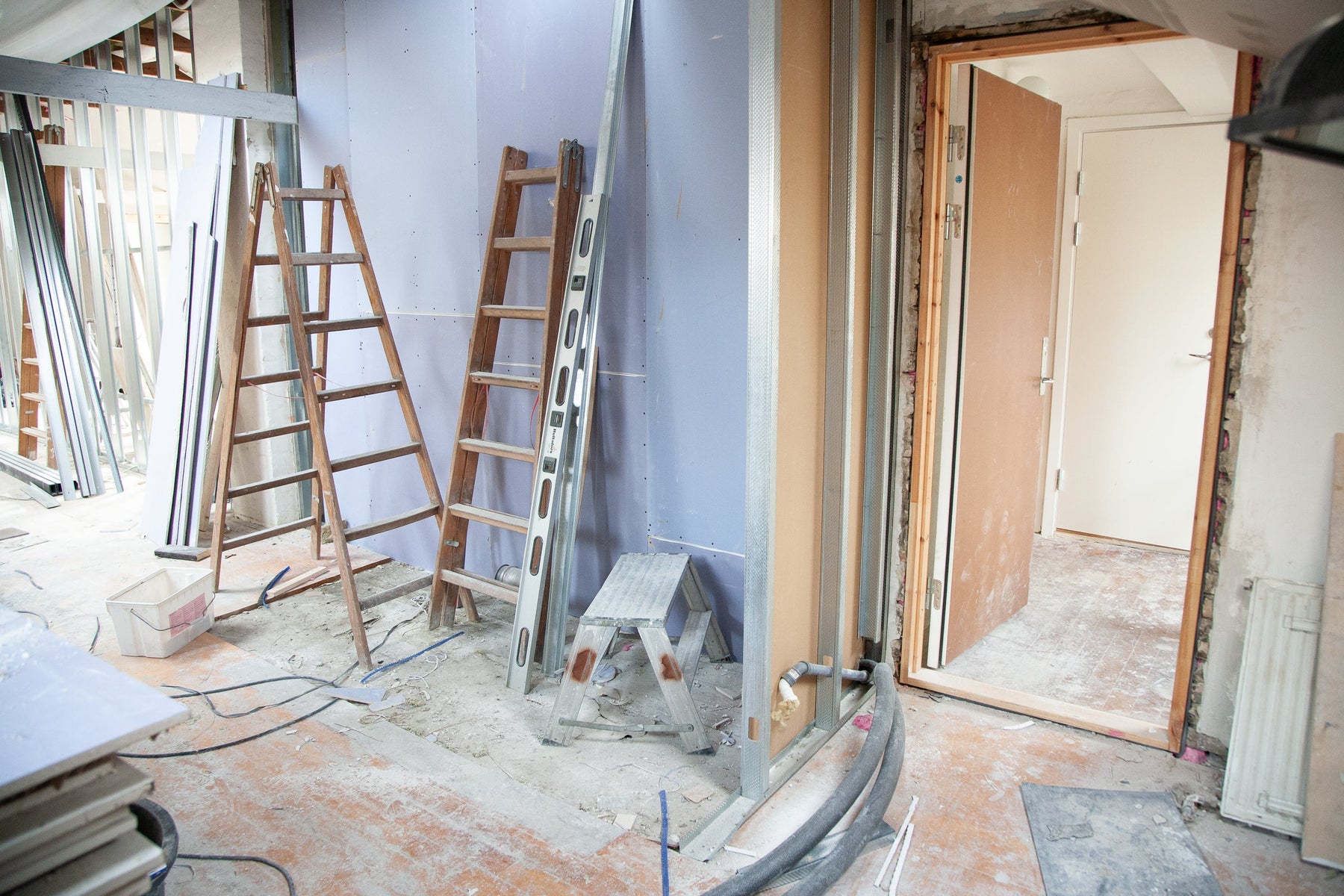
(502) 783-7995
(502) 783-7995


Homeowners embarking on a remodelling journey often seek efficient and modern heating solutions. Electric underfloor radiant heating has gained popularity for its comfort and energy efficiency.
Before integrating this system into your home, it's crucial to grasp the essentials and make informed decisions. In this comprehensive guide, we'll explore exactly what to know about radiant floor heating before remodeling.
At the heart of this heating system is the installation of floor heating cables or heated floor mats beneath the floor surface. These elements generate heat, which then radiates upward, creating a consistent and cozy warmth across the entire room.
Unlike traditional heating methods that rely on convection, radiant floor heating directly warms the objects and people in the space, leading to a more even distribution of heat.
One of the critical considerations when opting for electric underfloor radiant heating is the compatibility with different flooring materials. While this system is versatile and works well with various options, some materials conduct heat better than others.
Tile and stone flooring, for instance, are excellent choices as they efficiently transfer and retain the heat. Wood can be used but may require additional consideration to ensure optimal heat transfer.
For electric underfloor radiant heating to perform optimally, proper insulation is important, especially when installing on a concrete sub floor. Insulation beneath the heating elements helps to direct the heat upwards, preventing it from being absorbed by the subfloor.
This enhances the efficiency of the system by reducing downward heat loss, ensuring that the warmth reaches the living space instead of being wasted beneath the floor. The insulation also improves the response time.
While the benefits of radiant floor heating are numerous, it's essential to be aware of the associated costs. The installation of electric underfloor heating involves both material and labor expenses.
Homeowners must consider factors such as the size of the area to be heated, the complexity of the installation, and any additional modifications required. While the initial investment may be higher than traditional heating methods, the long-term energy savings and increased home value can offset these costs.
Before deciding on electric underfloor radiant heating, it's crucial to assess the compatibility with existing flooring.
Retrofitting an older home or one with a specific type of flooring may require additional planning and adjustments. Consulting with a professional installer can help determine the feasibility of integrating radiant floor heating into your existing space without compromising the structural integrity or aesthetics of your floors.
One of the key advantages of electric underfloor radiant heating is its energy efficiency. Because the heat is evenly distributed, lower temperatures are required to achieve the desired comfort level compared to traditional heating systems.
This results in reduced energy consumption and lower utility bills. Additionally, the reduced reliance on forced-air systems can contribute to a healthier indoor air quality, as there is less circulation of dust and allergens.
Modern electric underfloor radiant heating systems often come with advanced thermostat control options. Homeowners can regulate the temperature of individual rooms or zones, optimizing energy usage based on specific needs.
Smart thermostats allow for remote control via mobile devices, enabling homeowners to adjust settings even when away from home. This level of control not only enhances comfort but also contributes to additional energy savings.
While electric underfloor radiant heating systems are generally low-maintenance, it's essential to be aware of potential issues and maintenance requirements. Annual inspection of the thermostat controls ensures that the system operates efficiently.
Care must be taken when performing any type of renovation, cables can be damaged when drilling into, or fastening items to the floor. In case of any malfunctions, professional assistance may be required to locate and repair damage.
Beyond energy efficiency, electric underfloor radiant heating offers unparalleled comfort. The even distribution of heat eliminates cold spots in a room, providing a consistently warm and cozy environment.
Additionally, the reduction of air circulation minimizes the movement of allergens, making it an ideal choice for individuals with respiratory conditions.
Although the installation process is not complex, we always recommend discussion your heating needs with a professional.
Experienced installers can assess your specific home layout, flooring type, and heating requirements to ensure a seamless integration. Their expertise can also help avoid potential pitfalls and ensure that the system operates at its full potential.
Electric underfloor radiant heating presents an attractive option for homeowners seeking an efficient and comfortable heating solution during remodelling projects.
By understanding the intricacies of this system, considering factors such as flooring compatibility, insulation, and thermostat control options, and consulting with professionals, homeowners can make informed decisions that enhance both the comfort and value of their homes. Embracing the warmth from beneath your feet may just be the transformative touch your home needs.

Our under floor heating experts will work on the design and layout of your project, for free!